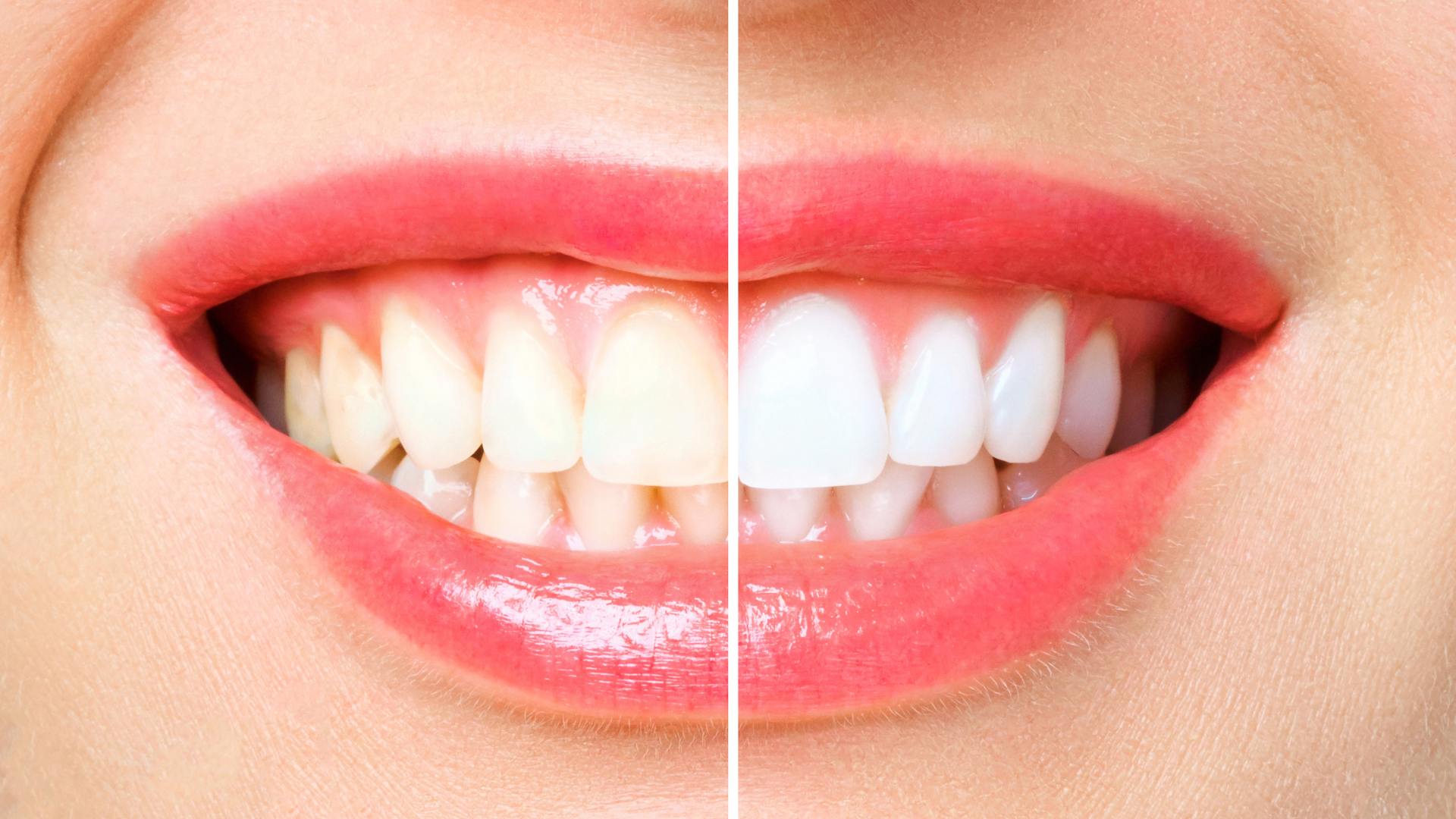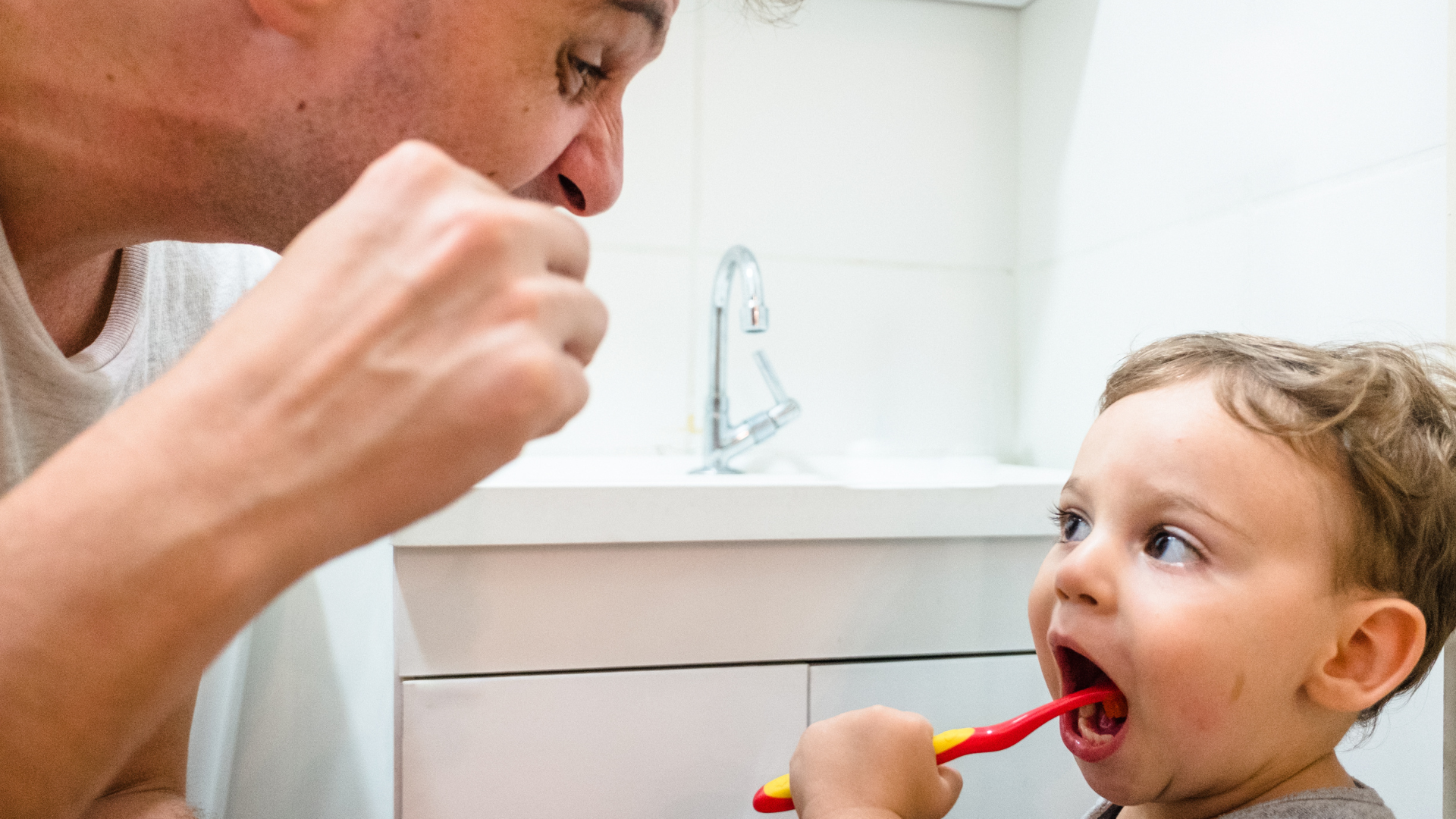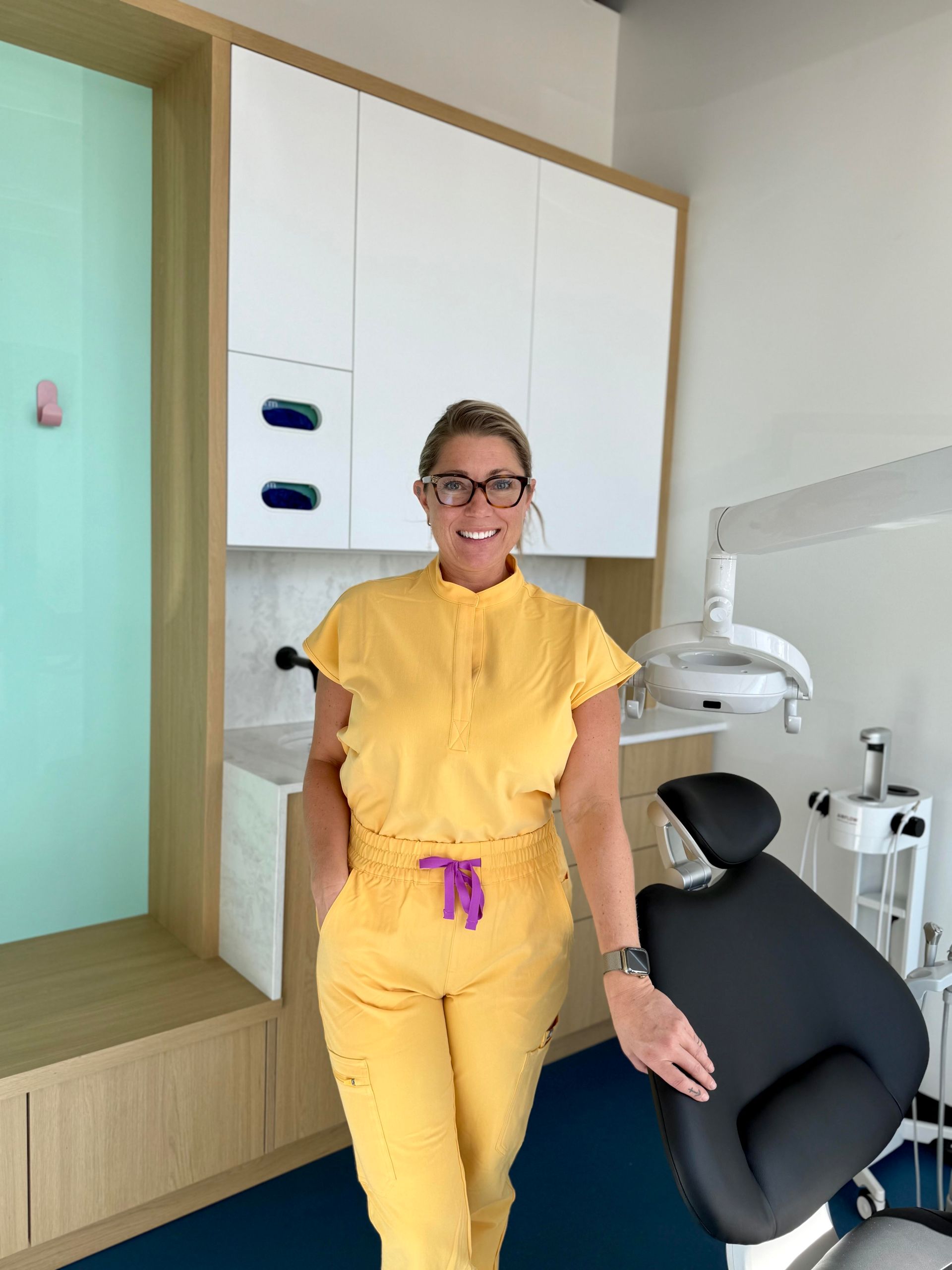By Mighty Molar
•
November 26, 2025
Hey — it’s Daryl from Mighty Molar You know me: I’ve spent 14 years cleaning teeth, caring for gums, and walking out of the clinic knowing I did something good for someone’s health. But lately, I’ve been thinking a lot about why what I learned matters — and why YOU should care too. Because good hygiene isn’t just brushing and flossing. It’s education, knowledge, and heart. What’s going on: Hygienists Rally for Education & Patient Safety Recently in the U.S., a group of dental hygienists got together — carrying signs like “Educational standards save lives” and “Raise standards, don’t erase them.” They were speaking out against efforts to weaken or shorten the training required to become a hygienist. Because when training gets watered down, patient safety can also take a hit. That’s not just about politics or professional turf — that’s about real-life consequences. Hygiene is more than cleaning teeth. It’s prevention. Screening. Education. Detecting early signs of disease. Protecting your whole-body health. Why Strong Training Matters — For You Here’s why you want your hygienist to have lots of education and training (not a shortcut course): We see more than teeth. A well-trained hygienist knows how to spot warning signs: gum disease, infection risk, early oral abnormalities — before they become painful or serious. We base care on science, not guesswork. Accredited programs teach anatomy, oral pathology, systemic health links — not just “cleaning skills.” That means safer, smarter care. Your safety depends on standards. If training gets shortened or bypassed, we lose the consistency and safeguards that protect you. That’s what the rally you saw was all about. Oral Beauty Trends+1 Prevention > Repair. With proper hygiene and regular check-ups by trained pros, we catch gum issues, cavities, and even early health-warning signs long before they become problems. Dimensions of Dental Hygiene+1 How Mighty Molar Lives This — Every Day At Mighty Molar Kamloops, we don’t cut corners. Here’s how we make sure you get real, professional care: Our hygienists have full, accredited training — the kind that covers oral anatomy, disease prevention, risk-assessment, and safe hygiene practice. Every visit begins with listening: we ask about your health history, lifestyle, concerns — because dental health connects to overall health. We use evidence-based hygiene methods. We don’t do “fast and cheap” — we do “safe and effective.” We treat you like family, not a number. Your comfort, trust, and long-term health come first. What You Can Do to Protect Your Smile Ask questions: “Who trained you? Are you a licensed hygienist?” Real, accredited training matters. Don’t settle for shortcuts: forego clinics or spas offering cheap or express cleanings with little oversight. Make hygiene visits a regular habit — prevention works far better than fix-ups. Trust your gut: if something feels rushed or off, speak up. Your safety is non-negotiable. Final Thought from Daryl Your mouth isn’t just a set of teeth — it’s part of your body. What touches it affects your health, confidence, and even overall well-being. Here at Mighty Molar, we believe: your care deserves training, heart, and respect. If you want a cleaning — or just a check-in for your gums — come see us. We’ll treat you right, listen to you, and make sure your smile gets the care it deserves. 📍 Mighty Molar Dental Hygiene – Kamloops North Shore 🌐 Visit mightymolar.ca to book online You’re safe here. We care.











